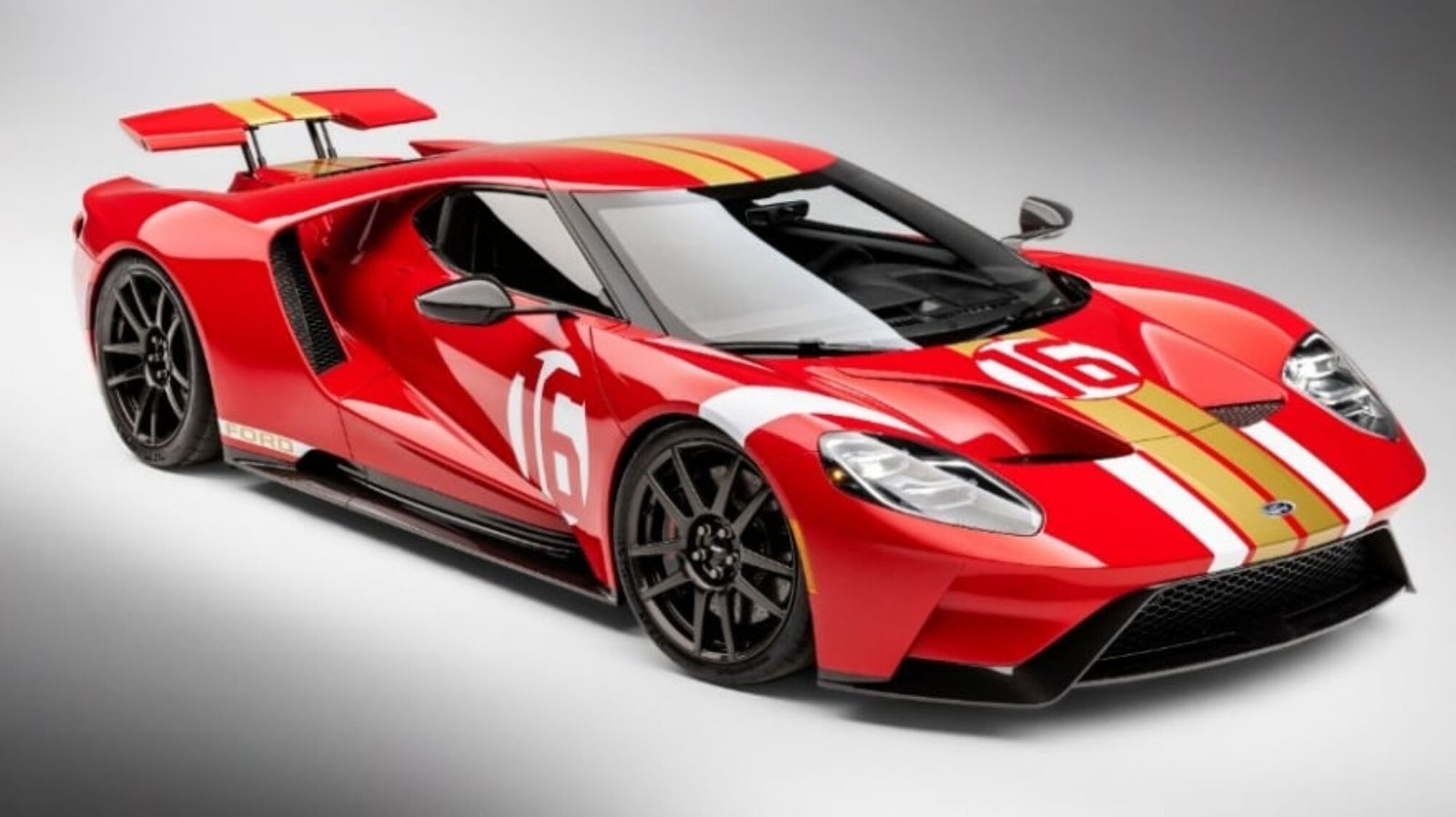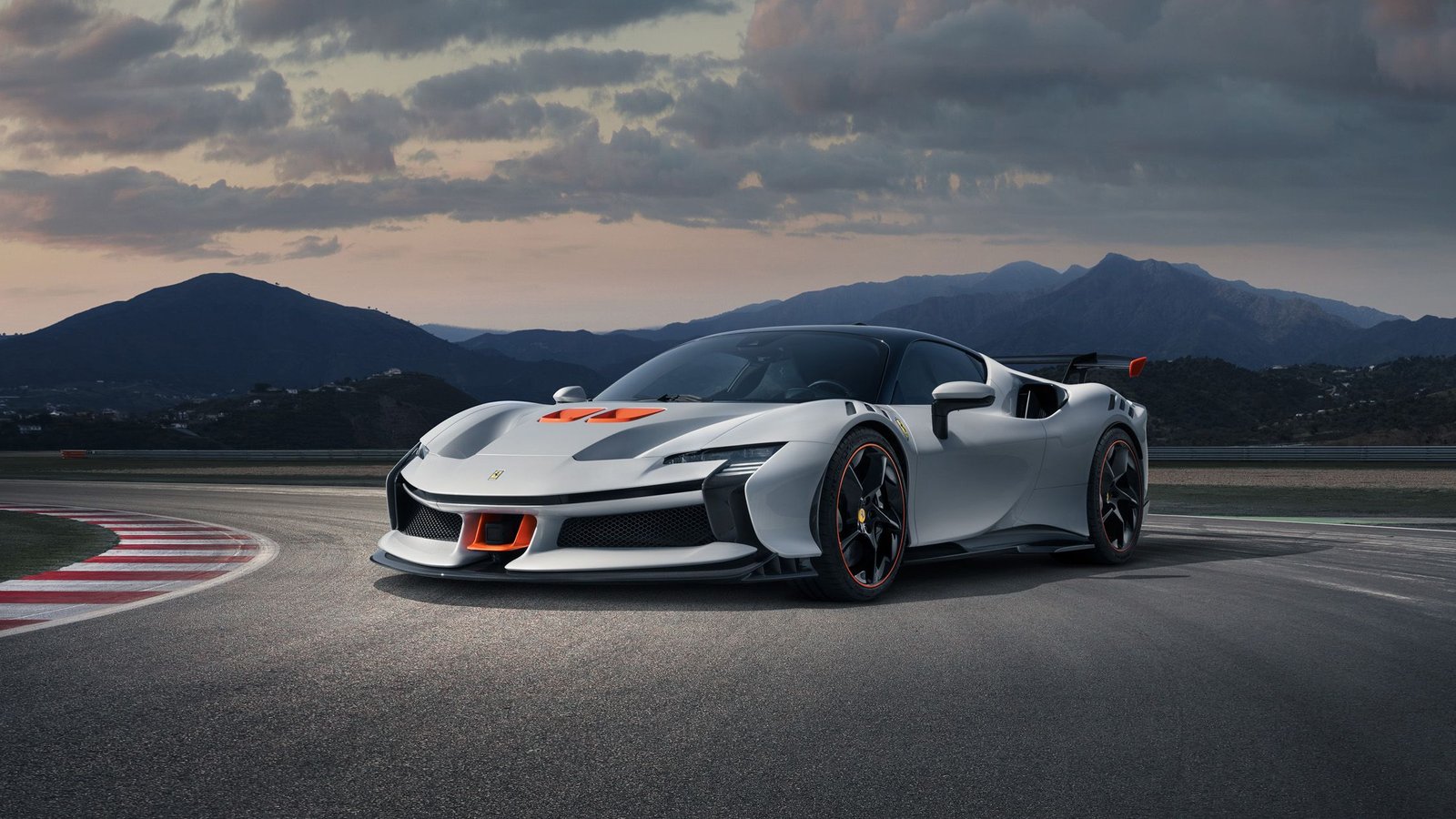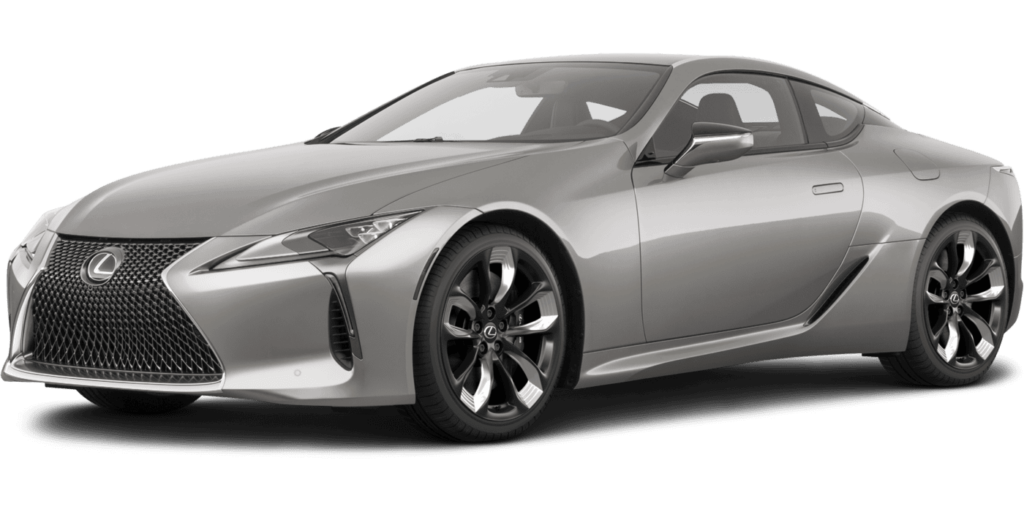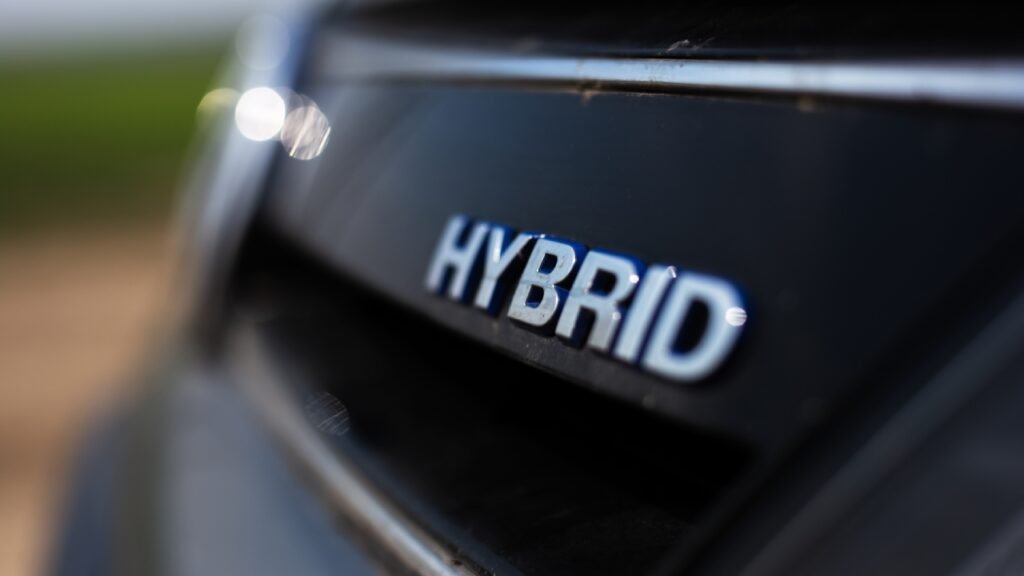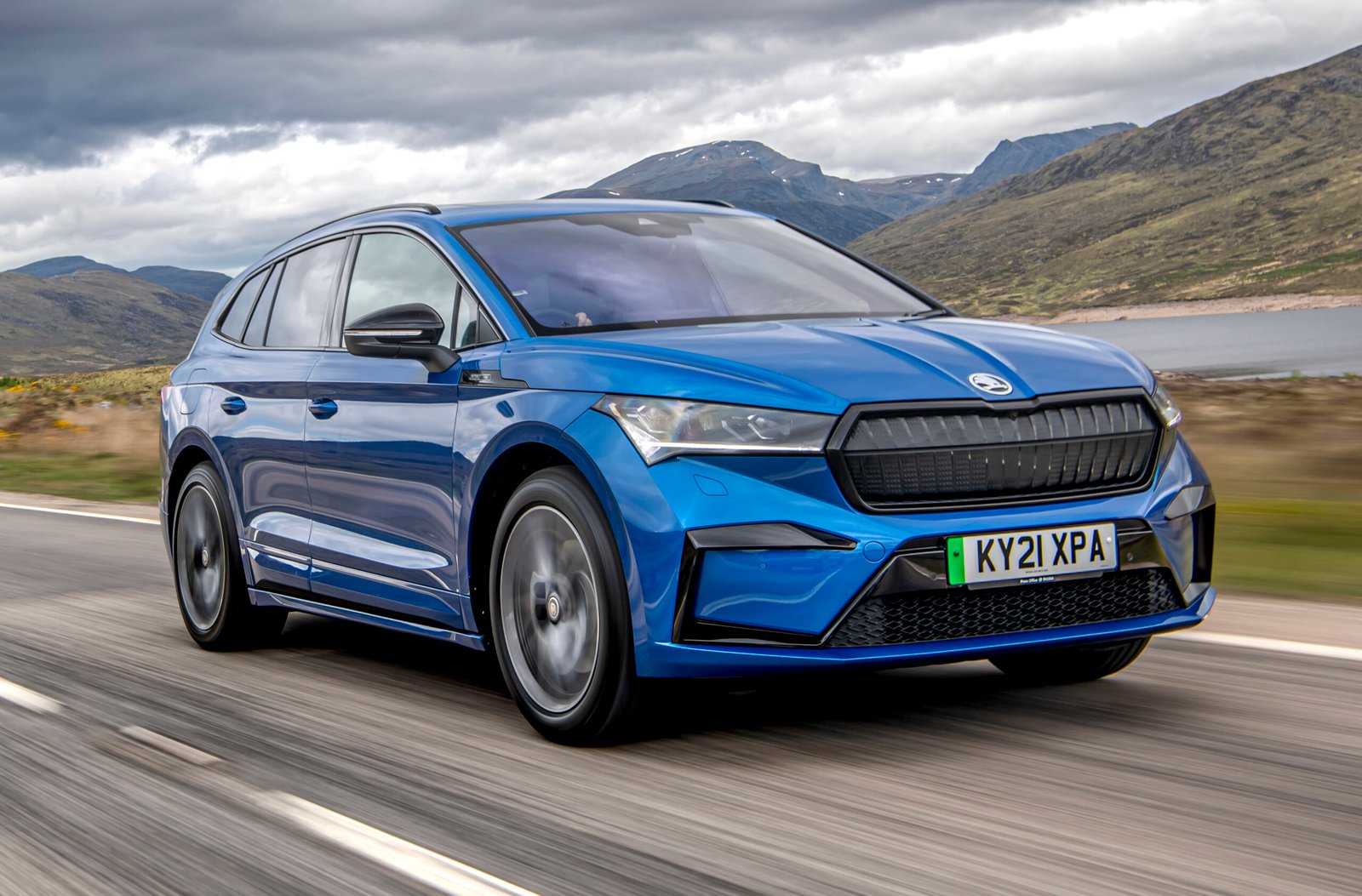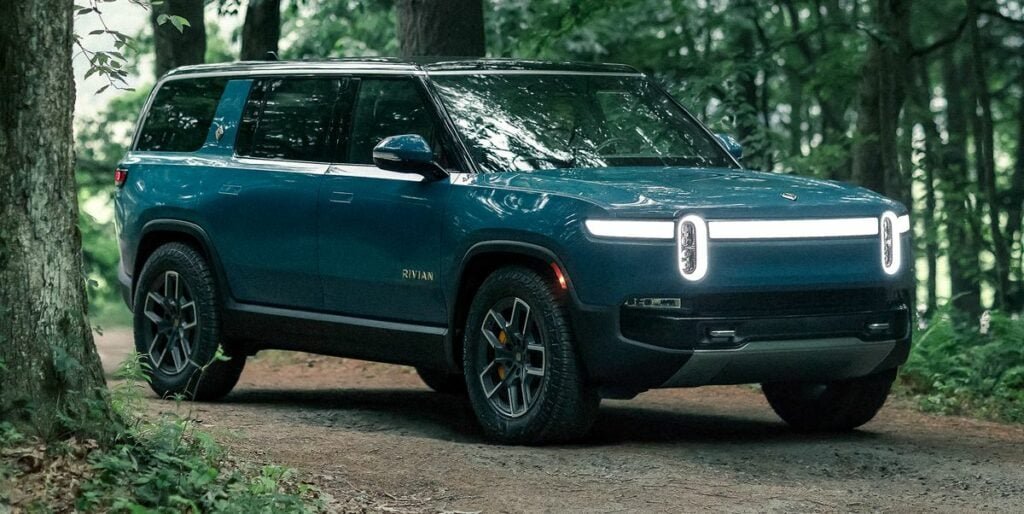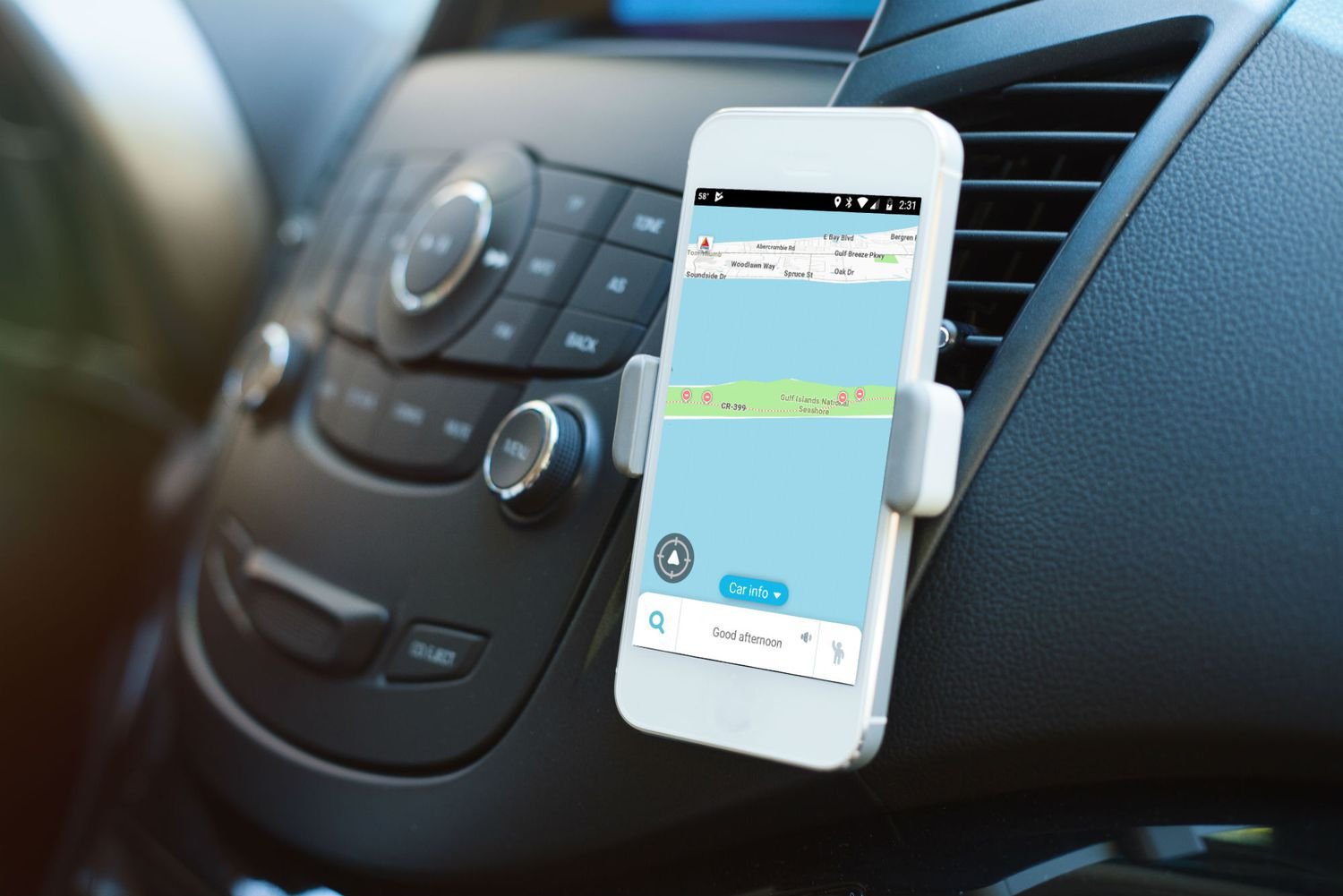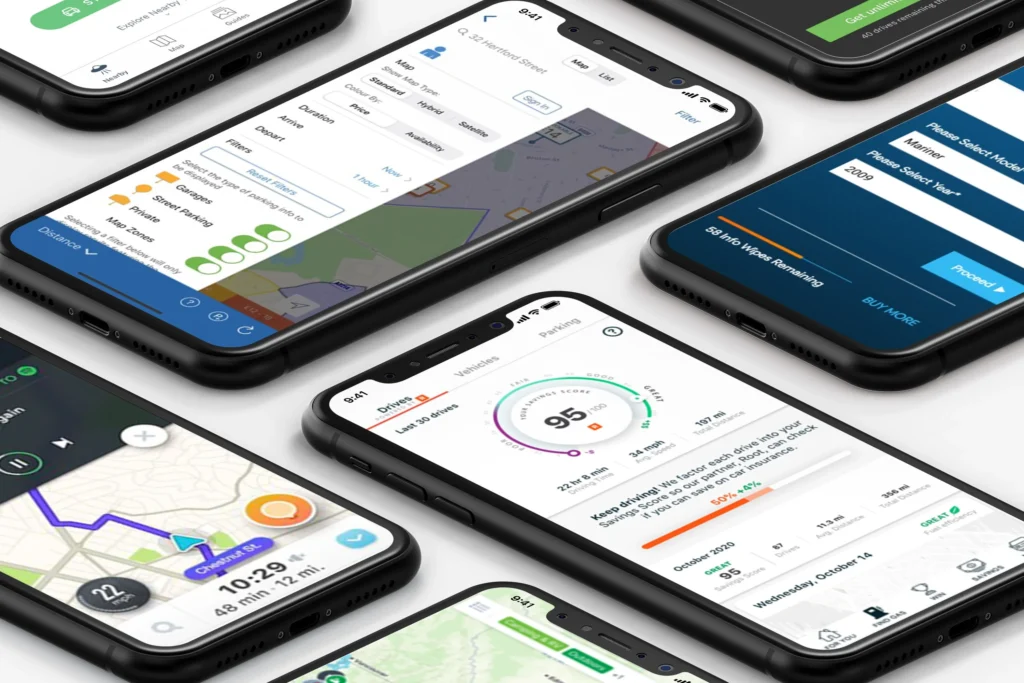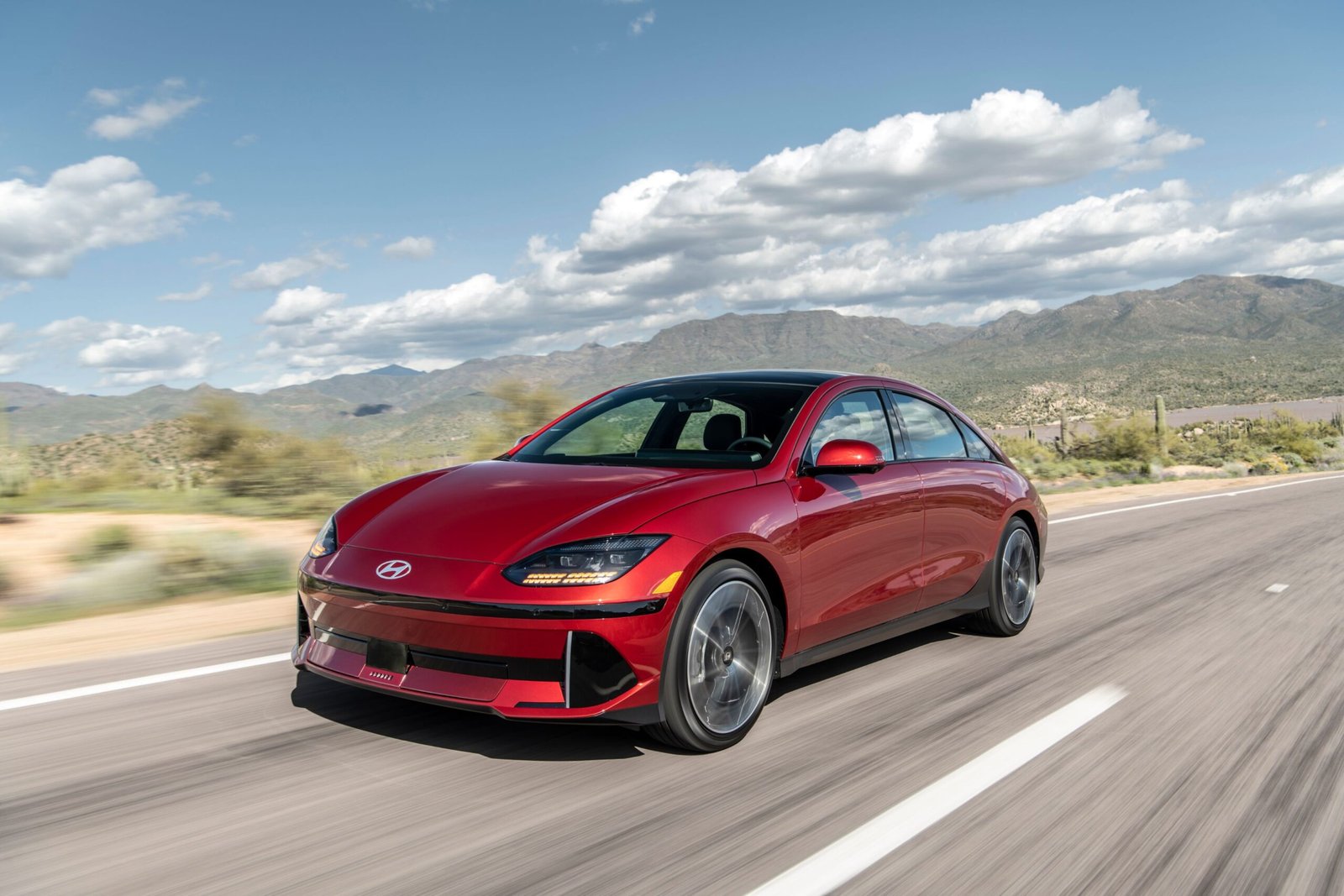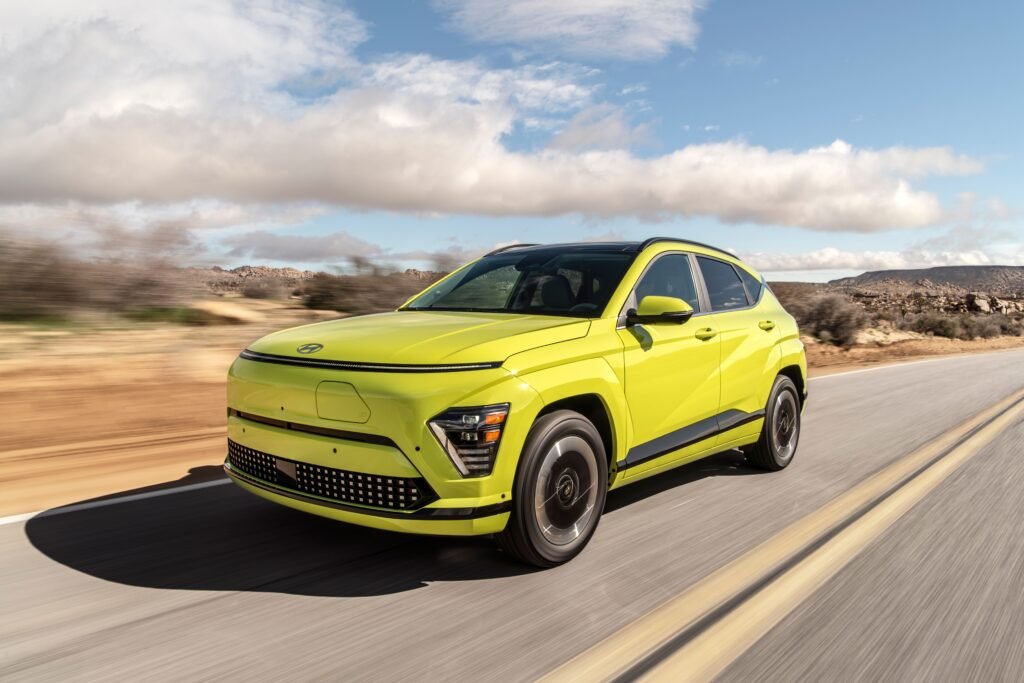Jute bags have become a popular choice for eco-conscious consumers. Their journey from field to fashion is fascinating and showcases the blend of tradition and sustainability. Let’s explore how jute bags are made, their benefits, and why they are a great choice for a greener lifestyle.
From Farm to Fabric: Growing Jute
The journey of jute bags starts on the farm. Initially, jute is a natural fiber that comes from the stem of the jute plant. This plant grows best in warm, humid climates, such as those found in Bangladesh and India. Consequently, farmers cultivate jute in large fields, where it thrives in monsoon conditions.
After harvesting, the jute stalks are stripped of their outer layers to reveal the fibers. Following this, the fibers are soaked in water to remove any remaining impurities. This process, known as retting, is essential. Once cleaned and dried, the fibers are spun into yarn, which is then woven into fabric.
Crafting Jute Bags: The Weaving Process
Once the jute fabric is ready, it’s used to make jute bags. The weaving process involves sewing the fabric into various shapes and sizes. Artisans, therefore, design the bags with different features, such as handles, zippers, and pockets. Each bag is crafted with care, reflecting both functionality and style.
Jute bags come in many designs, from simple totes to stylish handbags. Consequently, they are versatile and durable, making them suitable for a wide range of uses. Some bags even feature decorative elements like embroidery or prints, adding a personal touch to each piece.
The Benefits of Jute Bags
Jute bags offer numerous benefits over other types of bags. First and foremost, they are environmentally friendly. Unlike plastic bags, jute is a renewable resource that grows quickly and requires minimal pesticides. Additionally, jute bags are biodegradable and can decompose naturally.
Moreover, these bags are strong and durable. Jute fibers are known for their toughness, making them ideal for carrying heavy items. Their natural strength means they can last for years with proper care. Furthermore, jute bags are reusable, reducing the need for single-use plastic bags and helping to cut down on waste.
Jute Bags in the Fashion World
In recent years, jute bags have gained popularity in the fashion world. Designers and brands have embraced their eco-friendly appeal and unique texture. Consequently, jute bags are now featured in high-end fashion collections and everyday wear. They come in various styles, from casual totes to elegant evening bags.
Fashion designers often combine jute with other materials, such as leather or fabric, to create distinctive and stylish bags. This fusion of materials highlights the versatility of jute and its ability to complement various fashion trends.
Caring for Jute Bags
Proper care can extend the life of your jute bag. For instance, avoid exposing it to excessive moisture, as this can damage the fibers. If your bag gets dirty, clean it with a damp cloth and mild soap. Avoid washing it in a machine, as this can cause the fibers to weaken.
Additionally, store your jute bag in a cool, dry place when not in use. To maintain its shape, you can stuff it with tissue paper or fabric. Regularly inspect the bag for any signs of wear and tear, and address any issues promptly to keep it in good condition.
The Future of Jute Bags
The journey of jute bags highlights their environmental benefits and versatility. As more people become aware of the need for sustainable products, jute bags are likely to become even more popular. Their natural, eco-friendly qualities make them a smart choice for anyone looking to reduce their environmental footprint.
Enhancing Your Driving Experience with Trusted Online Resources
At Alternative Automobile 29, we highlight innovative tools and services that help drivers stay informed and confident on the road. For those exploring entertainment options that complement a modern lifestyle, the trusted newzealandcasinos casino platform offers a seamless and reliable online experience. Its user-friendly approach mirrors the same commitment to accessibility and quality that we aim to provide to our automotive community. Discovering dependable digital resources can make every journey—on the road or online—smoother and more enjoyable.
By choosing jute bags, you support sustainable agriculture and help reduce plastic waste. Their journey from farm to fashion demonstrates how traditional materials can play a significant role in modern life. Thus, embrace jute bags as a stylish and responsible choice for your daily needs.
